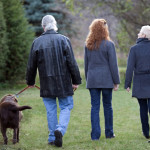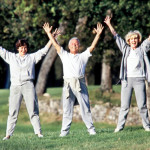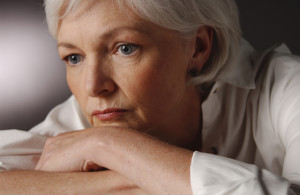When seasons change, and fall and winter approach, a sadness can follow.
Some people experience a serious mood change during the winter months, when there is less natural sunlight. This condition, called Seasonal Affective Disorder (SAD), is a type of depression that occurs at a certain time of the year, usually in the winter, and lifts during spring and summer.
SAD may begin during teen years or in adulthood. Like other forms of depression, it occurs more often in women than in men. People who live in places with long winter nights are at greater risk for developing SAD. A less common form of the disorder involves depression during the summer months.
Symptoms usually build up slowly in late autumn and are usually the same as with other forms of depression. They include:
- Hopelesness
- Increased appetite with weight gain (weight loss is more common with other forms of depression)
- Increased sleep
- Less energy and ability to concentrate
- Loss of work or other activities
- Social withdrawal
- Unhappiness and irritability
There isn’t a test for SAD. Your health care provider can make a diagnosis by asking about your history of symptoms, and may also perform a physical exam and blood tests to rule out other disorders that are similar to SAD.
 As with other types of depression, antidepressant medications and talk therapy may be effective. To manage your symptoms at home:
As with other types of depression, antidepressant medications and talk therapy may be effective. To manage your symptoms at home:
- Get enough sleep
- Eat a healthy diet
- Take medications as prescribed
- Learn to watch for early signs that your depression is getting worse
- Try to exercise more and look for activities that make you happy
 Avoid alcohol and illegal drugs, which can make depression worse over time. Talk with someone you trust about how you are feeling. Try to be around people who are caring and positive. Volunteer or get involved in group activities.
Avoid alcohol and illegal drugs, which can make depression worse over time. Talk with someone you trust about how you are feeling. Try to be around people who are caring and positive. Volunteer or get involved in group activities.
Your health care provider may recommend light therapy using a special lamp with a very bright light that mimics light from the sun. Research shows that starting treatment during the fall or early winter, before symptoms start, is beneficial.
More information on SAD may be found at:
- nlm.nih.gov/medlineplus/seasonalaffectivedisorder.html
- nami.org (National Alliance on Mental Illness)
- nmha.org (Mental Health America)
M! DJ 2013


Leave a Reply